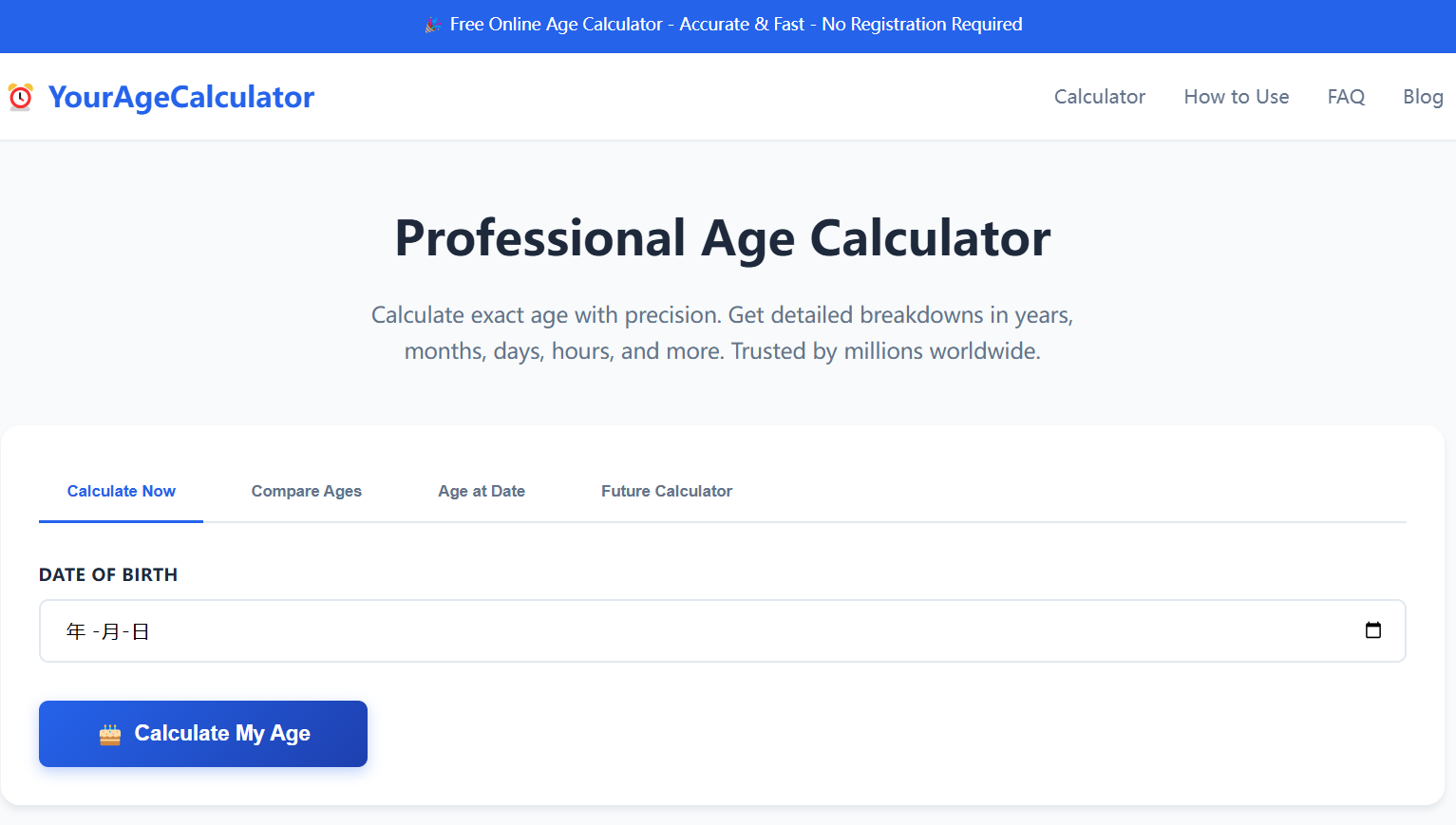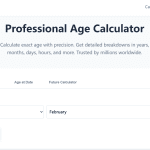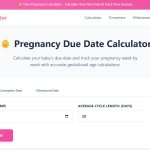Age calculation seems simple at first glance, but behind every accurate age result lies complex mathematical algorithms and scientific principles. Whether you’re calculating human age, pet years, or historical dates, understanding the underlying math is crucial for precision.
The Basic Age Calculation Formula
At its core, age calculation involves finding the difference between two dates: the birth date and the target date. The fundamental mathematical operation is straightforward subtraction, but date arithmetic introduces several complexities that simple subtraction cannot handle.
The basic formula appears simple:
Age = Target Date – Birth Date
However, this simplicity masks the intricate calculations happening beneath the surface. Date subtraction must account for varying month lengths, leap years, and calendar system differences.
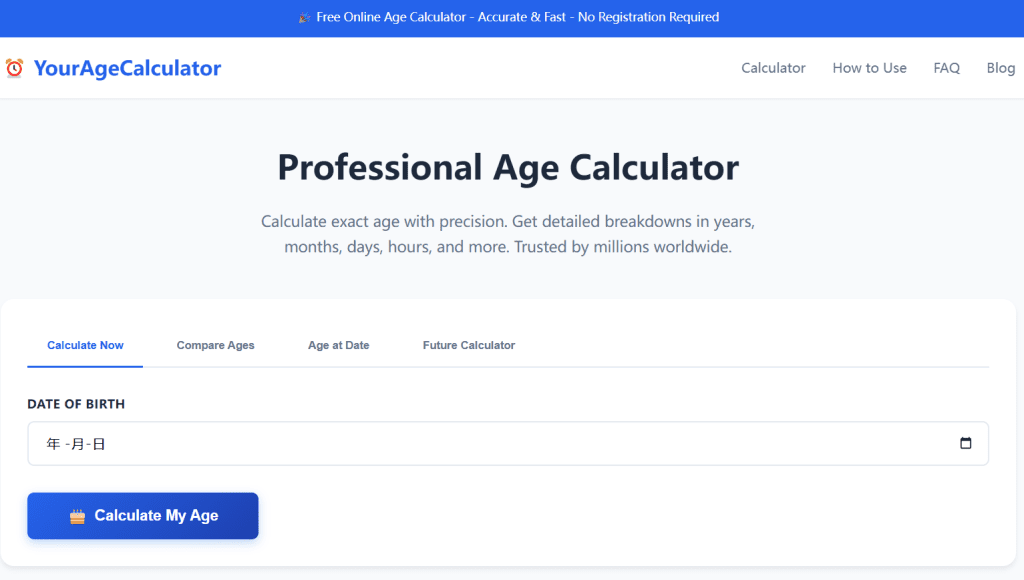
Handling Leap Years in Age Calculations
Leap years present one of the biggest challenges in accurate age calculation. The Gregorian calendar adds an extra day (February 29th) every four years to keep our calendar synchronized with Earth’s orbit around the sun.
The Leap Year Rules
The mathematical rules for determining leap years are precise:
- Years divisible by 4 are leap years
- Except years divisible by 100, which are not leap years
- Unless years divisible by 400, which are leap years
This means the year 2000 was a leap year (divisible by 400), while 1900 was not (divisible by 100 but not by 400).
Impact on Age Calculation
When calculating age, leap years affect results in several ways:
- People born on February 29th age calculations
- Total day count differences over multiple years
- Accurate monthly and weekly calculations across leap years
Time Zone Considerations in Age Calculation
In our globally connected world, time zones significantly impact precise age calculation, especially for births and events occurring across different time zones.
The Time Zone Challenge
When someone is born in one time zone but the calculation is performed in another, the actual age can vary by several hours. This becomes critical for:
- Legal age verification for international transactions
- Precise medical age calculations
- Astronomical and scientific applications
Standardized Approaches
Most accurate age calculators use Coordinated Universal Time (UTC) as a reference point or allow users to specify time zones for both birth and calculation dates.
Calendar System Variations
Different cultures and historical periods use various calendar systems, each with unique mathematical properties that affect age calculation.
Gregorian vs. Julian Calendars
The transition from Julian to Gregorian calendar in 1582 created an 11-day discrepancy that must be accounted for in historical age calculations.
Cultural Calendar Systems
Systems like the Hebrew, Islamic, and Chinese calendars have different:
- Month lengths
- Leap year rules
- Starting points for years
Advanced Mathematical Algorithms
Modern age calculators employ sophisticated algorithms to ensure precision across all scenarios.
Date Difference Algorithms
These algorithms handle the complex task of calculating differences between dates while accounting for:
- Variable month lengths (28, 29, 30, or 31 days)
- Leap year adjustments
- Cross-century calculations
- Different calendar systems
Precision Calculations
For applications requiring extreme precision, algorithms calculate age down to:
- Years, months, and days
- Hours, minutes, and seconds
- Milliseconds and microseconds for scientific use
Practical Implementation in Programming
Most programming languages provide built-in date libraries that handle the complex mathematics of age calculation.
Common Approaches Include:
- Using specialized date/time libraries
- Implementing custom algorithms for specific use cases
- Handling edge cases like February 29th births
- Managing time zone conversions
Real-World Applications and Considerations
Understanding the mathematics behind age calculation has practical implications across various fields.
Legal and Official Use
Government agencies and legal systems require precise age calculations for:
- Voting eligibility
- Driving licenses
- Retirement benefits
- Age of consent determinations
Medical Applications
Healthcare providers need accurate age calculations for:
- Pediatric growth charts
- Medication dosages
- Developmental milestone tracking
- Age-specific medical screenings
Historical Research
Historians and genealogists must account for:
- Calendar system changes
- Historical date recording practices
- Regional dating variations
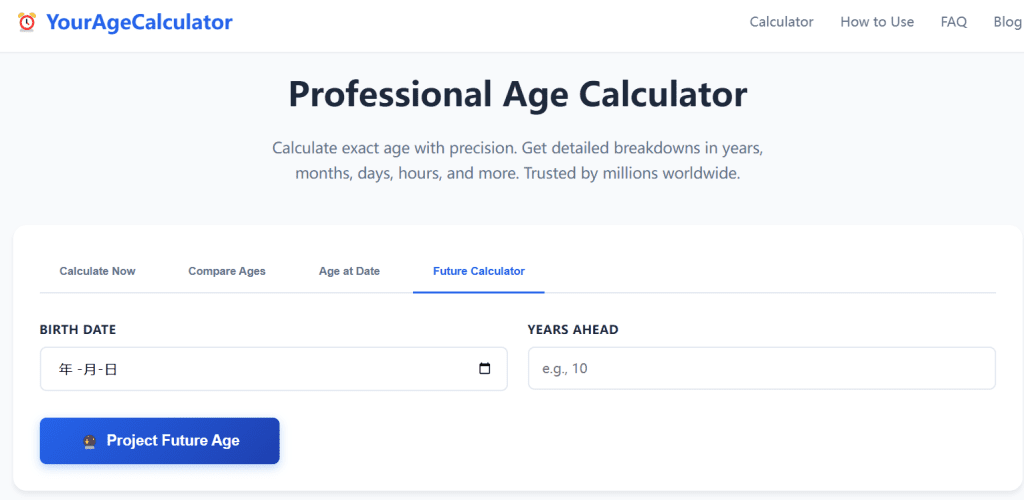
Common Calculation Errors and How to Avoid Them
Even with advanced algorithms, certain common errors can affect age calculation accuracy.
Frequent Mistakes Include:
- Ignoring leap years in long-term calculations
- Incorrect time zone handling
- Assuming all months have 30 days
- Miscalculating age at specific dates
- Forgetting century leap year rules
Best Practices for Accuracy
To ensure precise age calculations:
- Always use validated date calculation libraries
- Specify time zones when precision matters
- Test calculations with known date pairs
- Consider cultural and historical context
The Future of Age Calculation
As technology advances, age calculation continues to evolve with:
- Artificial intelligence improving accuracy
- Blockchain for verifiable age records
- International standardization efforts
- Real-time age verification systems
Age calculation is far more complex than simple date subtraction. The mathematics involves sophisticated algorithms that account for leap years, time zones, calendar systems, and cultural variations. Understanding these principles helps ensure accuracy in everything from personal age calculations to critical legal and medical applications.
As we continue to develop more precise calculation methods, the fundamental mathematical principles remain essential for anyone working with dates and age-related data. Whether you’re a programmer, researcher, or simply curious about how age is determined, appreciating the complexity behind this everyday calculation reveals the fascinating intersection of mathematics, astronomy, and computer science.
